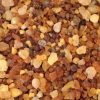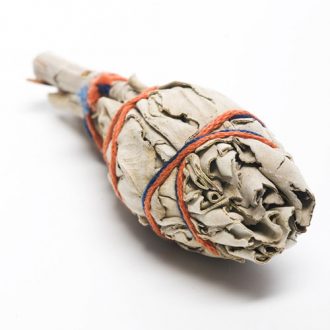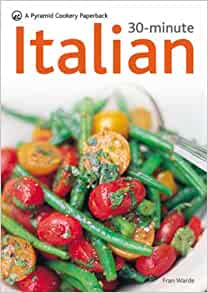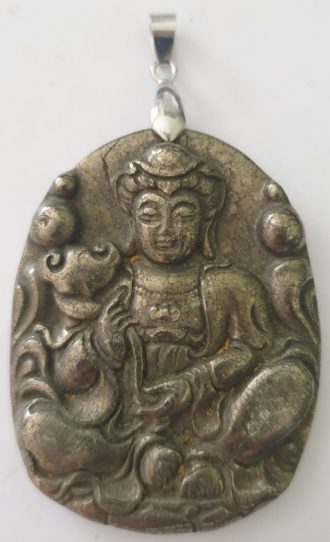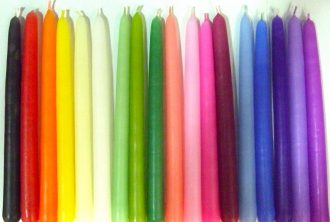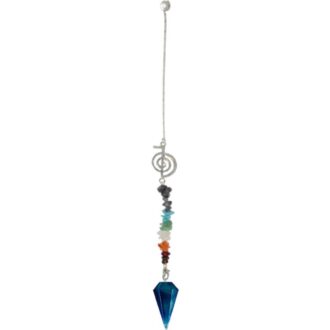Product Description
Resin & Wood Incense – Frankincense and Dragons Blood Granules (20g)
About Frankincense Resin – meaning “frank” or “true”, is an aromatic resin obtained from trees of the genus Boswellia found in South Arabia and East Africa. These trees are considered unusual for their ability to grow in environments so unforgiving that the trees sometimes grow directly out of solid stone. The deep roots prevent the trees from being torn away during violent storms.
At its peak its value rivaled that of gold, the rarest silks and the most precious of gems. Frankincense was lavishly used in religious rites eg in the Bible’s Old Testament, it was part of the temple rites; according to Matthew 2:11, gold, frankincense and myrrh were among the gifts to Jesus by the Biblical Magi “from out of the east”.
The aroma is said to represent life. It has a warm, sweet, rich fragrance that has been associated with spirituality since earliest antiquity. It has the ability to slow and deepen the breath which produces a sense of calm.
The Egyptians ground the charred resin into a powder called kohl which was used to make the distinctive black eyeliner seen on so many figures in Egyptian art.
Judaic, Christian and Islamic faiths have used frankincense mixed with oils to anoint newborn infants and individuals considered to be moving into a new phase in their spiritual lives.
More information: The Catholic Guide Scents of Earth
About Dragons Blood Resin – was used to cleanse a space of negative entities or influences.
Dragons Blood is a bright red resin that is obtained from four distinct plant genera: Croton, Dracaena (Canary Islands, Morocco), Daemonorops (Indonesian islands) and Pterocarpus.
A great degree of confusion existed for the ancient Romans as to the source/identity of dragon’s blood. Dracaena resin, “true” dragons blood and a poisonous mineral cinnabar (mercury sulphide) were often confused because anything that was bright red was called “dragons blood”.
Dragons blood was used by early Greeks, Romans and Arabs for medicinal properties eg wash or cure-all for general wound healing, to stop bleeding, diarrhea, fevers, dysentery, ulcers (mouth, throat, intestines, stomach), also as an antiviral for respiratory and stomach viruses and for skin disorders as eczema. It is used internally for chest pains, post-partum bleeding, internal traumas and menstrual irregularities.
Dragons Blood was used for ceremonies in India. It was used in China as red varnish for wooden furniture and to colour writing paper for banners and posters, used for weddings and Chinese New Year.
In African-American folk magic or vodun. Used in mojo hands for money-drawing or love-drawing, to cleanse a space of negative entities or influences. It was added to red ink to make “Dragons Blood Ink”, used to inscribe magical seals and talismans to increase the potency of spells for protection, love, banishment and sexuality.
Dragons Blood was used as a source of varnish for 18th century Italian violinmakers (and today) and as toothpaste.
It is also commonly distributed as “red rock opium” to unsuspecting would-be opium buyers, though it contains no opiates and has not been shown to have intoxicating effects.


